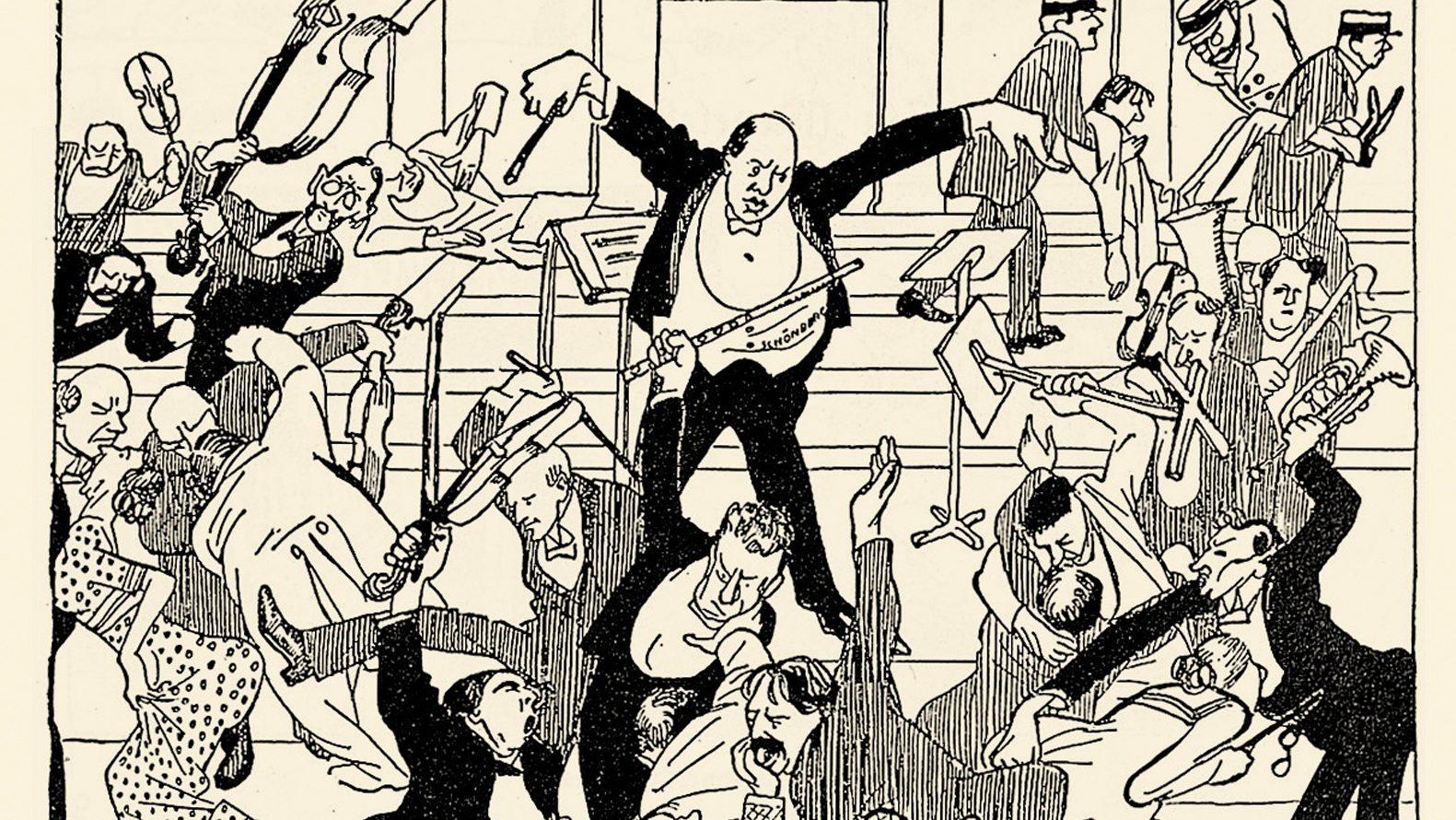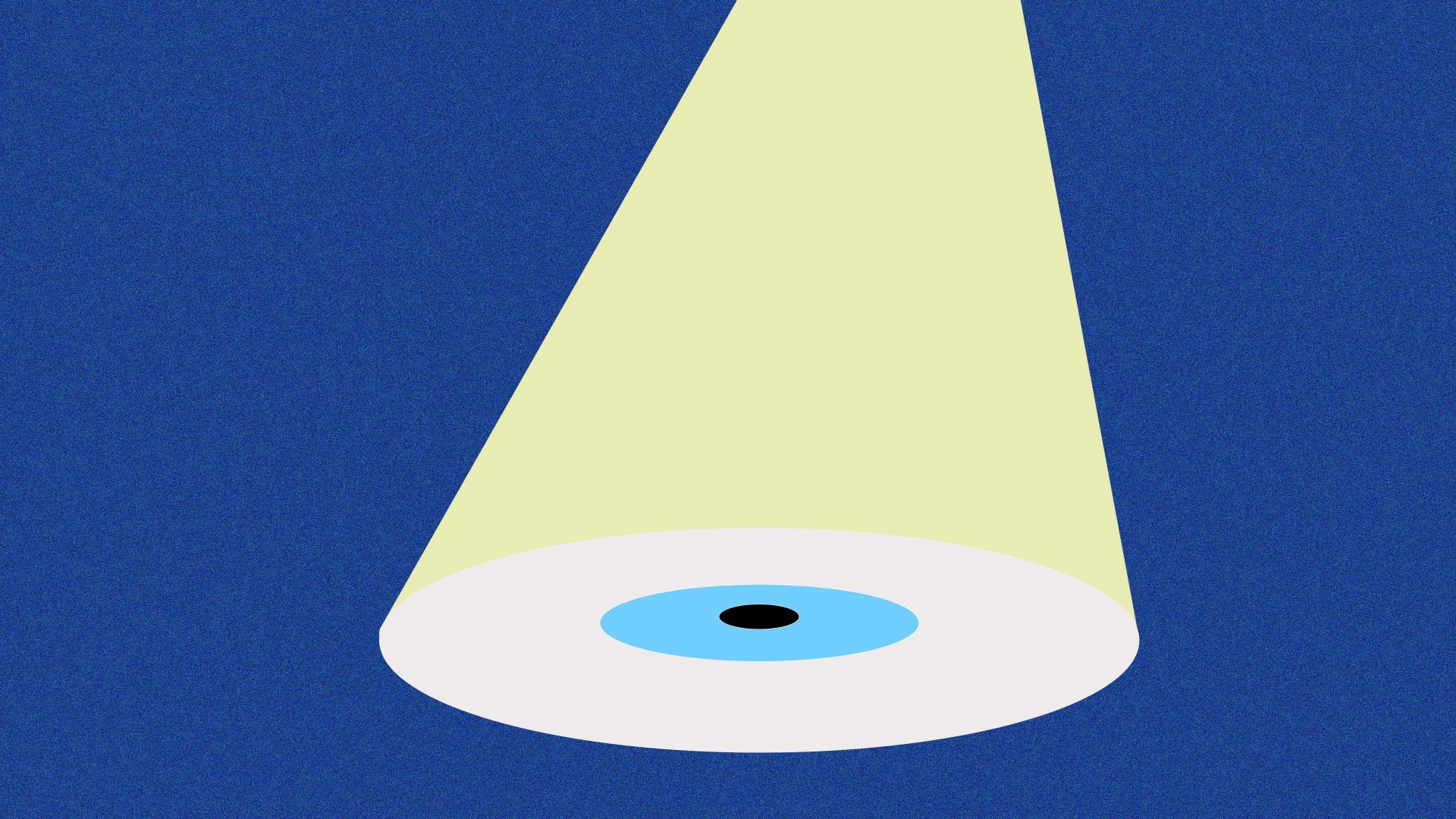Criticism rarely got under the skin of Arnold Schoenberg. He was certainly irritated when concertgoers and reviewers couldn’t appreciate the groundbreaking work he was doing in deconstructing traditional form and building a new music for the 20th century, but such philistinism had to be endured when you were that far ahead of your time.
“The second half of this century will spoil by overestimation all the good of me that the first half, by underestimation, has left intact,” he predicted in 1949, the sound of a man utterly convinced of his own significance and genius.
He was right, up to a point. Schoenberg is known around the world as the father of atonal music, from his early ventures into detaching musical composition from the shackles of key and cadence to his ultimate achievement, the creation of serialist music that used all 12 notes of the scale with inevitable dissonance in melody and clusters of notes that were the antithesis of the smooth, clean lines of classical tradition.
Schoenberg was convinced that atonality was the future of music; that one day “grocers’ boys would whistle serial music on their rounds”. That day is yet to arrive, however, and Schoenberg’s works are rarely performed today, regarded as too challenging for conventional audiences despite the best efforts of committed advocates such as Pierre Boulez.
When he escaped the Third Reich for America in 1933 – despite an earlier conversion to Protestantism his Jewishness and “degenerate” work still made him a target – Schoenberg anticipated his music achieving a more open-minded reception there than in the conservative concert halls of Europe. He was to be disappointed. Taking up teaching positions at US universities he was also continually unimpressed by the standard of students passing through his theory and harmony classes: clearly it wasn’t just Europe unprepared for this new dawn in modern music.
The only thing that could penetrate the self-assured Schoenberg sang froid was the number 13, a pathological fear of which led to his death at the age of 76 after someone pointed out the answer you get when you add seven and six. He died on a Friday 13th having effectively frightened himself to death.
One of the first visible manifestations of this triskaidekaphobia came in the 15-song cycle Das Buch der hängenden Gärten composed in late 1908 and early 1909, in which he gave the 13th song in the series, Du lehnest wider eine Silberweide, the designation 12a.
It’s possible this anxiety about the number 13 was exacerbated at that time by two key events just weeks apart during the summer and autumn of 1908, one personal and one professional, that marked a major turning point in his life.
While Schoenberg hadn’t by then embraced the full-blown atonalism of his later work, he had abandoned his early conventional Romanticism in favour of a more dissonant, avant-garde style breaking free of traditional form. Critics were already rounding on him, one comparing his string sextet Verklärte Nacht to “a calf with six feet, such as one often sees at a fair”, limiting his opportunities and making it difficult for the composer to provide for his family through music alone.
Casting around for a way of making a living that allowed him to continue composing he decided, with characteristic self-assurance, to become a notable painter. The snag was that with neither formal training nor artistic reputation to commend him, commissions were rare.
In 1905 Schoenberg had sat for a promising young portrait artist named Richard Gerstl with whom he became friends. When the composer approached Gerstl seeking tuition for his wife Mathilde and himself, the artist was happy to oblige and through 1907 into 1908 came regularly to the Schoenberg home. So close did they become that Gerstl was absorbed into the couple’s cultural circle and joined the Schoenbergs and a small group of their friends on summer holidays in the hydropathic Austrian resort town of Gmunden.
It was there in 1908 that Schoenberg walked into Gerstl’s cottage and found him in bed with Mathilde. The composer described himself as “totally broken” by the betrayal and “plunged from one madness into another”. Gerstl and Mathilde ran away to Vienna where Schoenberg tracked them down and persuaded his wife to return.
It’s likely the lovers continued their relationship over the following weeks – Gerstl had a studio on the same Viennese street as the Schoenbergs – but when the artist was shunned first by his new cultural circle and then definitively by Mathilde, he committed suicide on November 4.
Gerstl’s death was still the talk of Vienna when on December 21 Schoenberg premiered his String Quartet No 2. The piece – whose manuscript title page bore the dedication “to my wife” – was effectively a distillation into four movements of Schoenberg’s entire musical journey and vision. It began with a restrained, relatively conventional first movement. The second movement was a little more avant-garde, albeit based around the melody of an Austrian nursery rhyme, but was still rooted in the specific key of D minor. The third and fourth movements, however, threw all sense of traditional form and structure out of the window. Not only were the last two movements in no specific key, venturing deep into chromaticism, Schoenberg added a soprano voice to the quartet singing verses by the poet Stefan George in dissonant, angular melodies.
The audience, lulled by the early parts of the work, was stunned. Almost as soon as the soprano began to sing there was a hissing from the stalls. Someone shouted “Stop singing!”, another voice cried “Enough!”. One contemporary account described how the last movement “could only be played to its close under a bombardment of loud protestation”.
One critic from a Berlin newspaper wrote, “If I nevertheless abandoned my customary reserve, I only proved by it that I suffered physical pain and as one cruelly abused, despite all good intentions to endure even the worst, I still had to cry out”. It wasn’t quite a riot, but it wasn’t far off.
With George’s verses detailing the decline of a narrator searching for meaning among utter despair, many have drawn a parallel between the traumatic events of that autumn and the content of the quartet. Recent research has shown the piece was completed before Mathilde’s affair and Gerstl’s suicide, however, and it was his next few works, among them the Three Piano Pieces, Five Pieces for Orchestra and the mini-opera Erwartung, that betrayed the fortissimo clashing notes and crashing chords of an artistic response to trauma.
As ever, far from being cowed by the criticism, even at the lowest point of his personal life, Schoenberg dismissed the audience and critics as “brutish and bestial” and affirmed his quest to write music expressing “complete liberation from all forms”. Just as his life had come undone, so would his music.
With that second string quartet, Schoenberg closed the door on all that came before, smashing down the history of western musical composition to rebuild it free of historical influence. The grocers’ boys may not be whistling Schoenberg today, but artistes from Boulez to the Velvet Underground and beyond prove that it certainly wasn’t all in vain.




